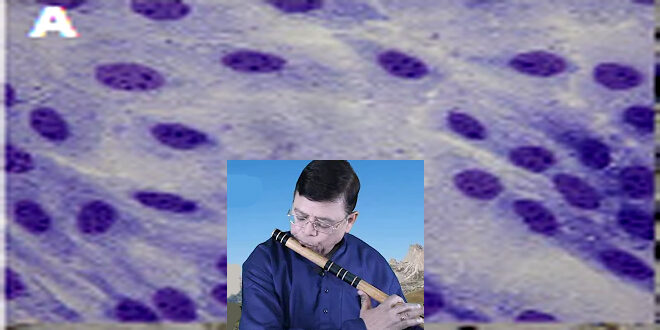Prof RK Saxena Popular Talk-1: [Origin of Universe, Earth, Life and Humans]
These three talks in the series Science and Society form a part of the course on the Introduction to South Asia that is a compulsory course for all students in the South Asian University. In the first talk the views of various religions on how the universe was created and how human beings came to the earth, have been discussed. The view of Bhagwat Geeta on the process of creation and destruction of the universe has been described that seems the most logical view. Thereafter the scientific view of the origin of life on earth and the process of evolution described by Charles Darwin is explained. This is followed by a discussion of evolution of human beings over last couple of million years. Time scale of the existence of earth, evolution of different life forms and finally human beings has been explained in perspective. Humans first evolved in the continent of Africa and then migrated over a 100,000 years to different parts of the world. Finally, we discuss the role of language in upbringing in the development of human intellect has been discussed. While languages evolved about 50,000 years ago, the writing skills were developed by humans only about 3000 years ago. Before writing evolved, human history is a black box, about which we can only infer from scientific evidence.
Prof RK Saxena Talk-2: [Intellectual and Scientific Achievements in Ancient India / South Asia]
The second talk in the series starts with a brief discussion on the history of India and its rulers. Al Biruni came to India about 1000 years ago and wrote a great deal about the Indian society and its characters. A unique feature of the Indian society was how the wisdom and knowledge was preserved by the society through oral tradition, before the writing evolved. This oral tradition and its remarkable features have been developed. Scientific techniques like carbon dating has been explained and an assessment of the antiquity of Ramayana and Mahabharata through internal references to astronomical events with in the Ramayana and Mahabharata epics have been discussed. Archeological evidence to help understand the evolution of human society has been presented. Various universities that existed on the Indian subcontinent have been listed and the unique contributions of the Indian scholars to science, technology, medicine, mathematics and astronomy have been discussed. I perspective, it appears that the process of acquiring spiritual wisdom and scientific knowledge on the Indian subcontinent could have started as early as 10,000 years ago and far predates the acquisition of the writing skills that appeared about 2500 to 3000 years ago. Indian oral tradition was able to preserve what all knowledge and wisdom evolved on this land.
Prof RK Saxena Talk-3: [Modern Science and where are we headed]
The third talk starts with the enumeration of the contributions of Indian scientists to modern science over last 100 years. This contribution though significant, pales before the scientific discoveries in the Western world. Evolution of the Western science has been traced starting from Greeks and Romans to the modern era. Factors that inhibited the development of experimental sciences in India have been discussed. History of key scientific inventions in the West has been described and how India is rapidly catching up with the West in the fields of modern Science and Technology has been discussed. It is then mentioned that the evolution of modern science and technology has created many problems as the man moves away from the Nature and the present day consumption culture is moving the human society to a stage where it is difficult to sustain itself. Humans have bullied their way on the utilization of the natural resources that have had a huge impact on other life forms on the earth. Rate of extinction of other animal species has been increasing steeply. Humans have reached a stage where the human species itself may become extinct in not so distant future. Several factors like rapidly falling birth rates across the world and its causative factors have been discussed. It is debated as to how long the humans would survive on the earth. In the last part of the talk, the recent rapid developments in the field of artificial intelligence and robotics its implications on human society has been discussed.
Movement of Lung Epithelial cells in tissue culture (from Prof. Saxena’s Research Laboratory):
Our human body is made of about 35 Trillion cells! Cells are alive and can be isolated and observed under inverted microscope. In this video clip, we see under a microscope, lung epithelial cells in tissue culture. The movement of cells to spread over vacant area in the petridish is interesting to watch. You would also see that some cells become rounded. These rounded cells are those that would divide into two. If you keep watching a rounded cell, you would see it dividing into two. Thus in this clip, you see both cell movement and cell division. This video was made by my PhD student Sushree and has been taken from our publication: Behera, S.P. and Saxena, R.K. (2021) Nanodiamonds inhibit the scratch wound healing process in Lung Epithelial Cell Monolayers by inhibiting cell proliferation and migration.Toxicology Letters341, 83-93
 Prof. Rajiv Krishna Saxena Emeritus Professor – SAU New Delhi
Prof. Rajiv Krishna Saxena Emeritus Professor – SAU New Delhi
